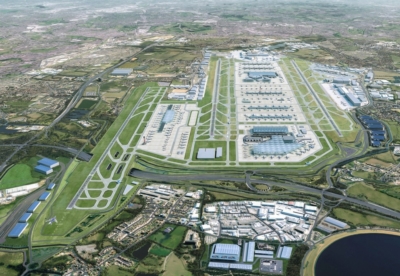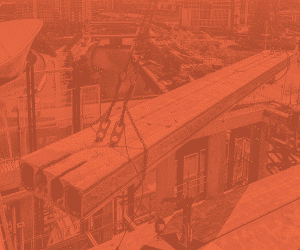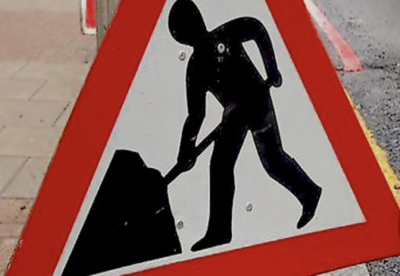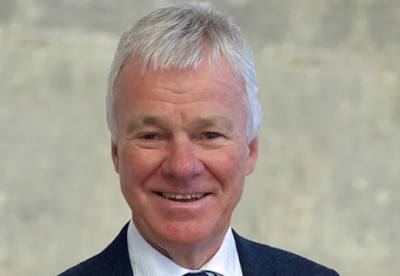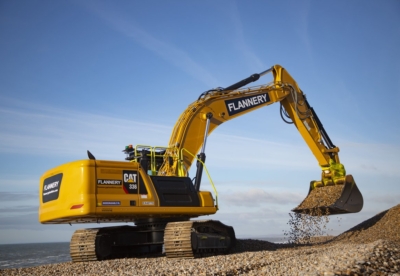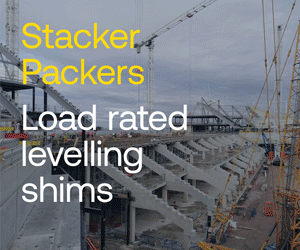Despite Government efforts to boost house building, completions in England between 2010 and 2019 are set to average out at around 130,000 per year.
This is well short of the 147,000 achieved in the 2000s or the 150,000 of the 1990s, and half of the level in the 1960s and 1970s.
The picture becomes even worse when population size is factored in.
In the 1960s, the new-build construction rate in England was roughly the equivalent of one home for every 14 people over the decade. In the 2010s, that ratio was one to 43, more than three times higher.
The figures are improved somewhat when you factor in conversions of existing properties, which push the total up – but even then, the total of net additional dwellings – the yardstick for overall housing supply – is likely to be lower this decade than last.
Across the United Kingdom as a whole, the pattern is broadly similar, with house building falling from a peak of 3.6m new units in the 1960s to 1.9m in the 1990s and 2000s, with the 2010s set to come in lower still.
Robert Colvile, Director of the Centre for Policy Studies, said: “The housing crisis is blighting the lives of a generation, and robbing them of the dream of home ownership.
“But as this analysis shows, this is not just the consequence of the financial crisis – it is part of a pattern stretching back half a century, in which we have steadily built fewer and fewer new homes.
“The Government has rightly promised to focus on this issue, and there are encouraging signs that housebuilding is picking up.
“But ministers need to take bold action in 2019 to ensure that the 2020s become the decade in which we break this hugely damaging cycle.”










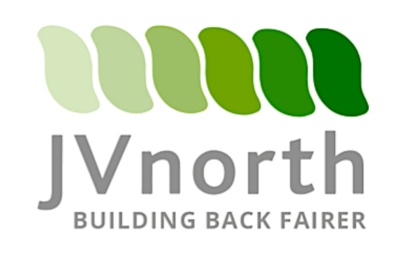

.gif)




